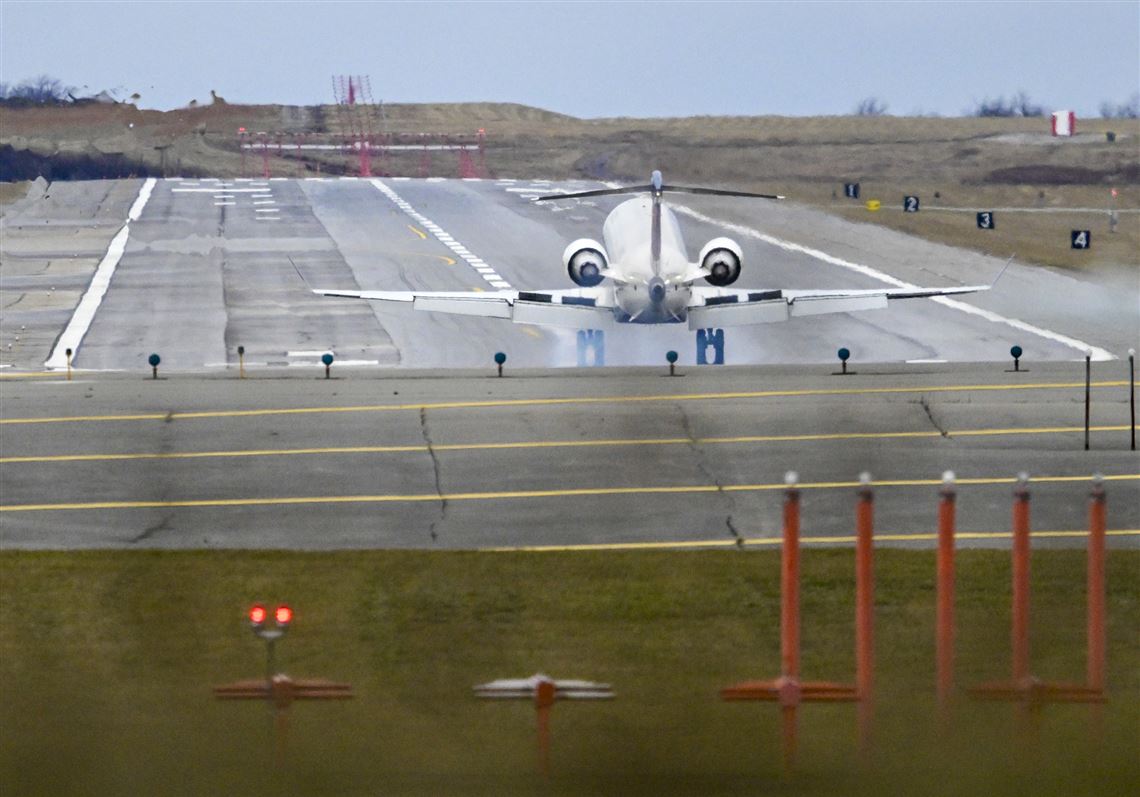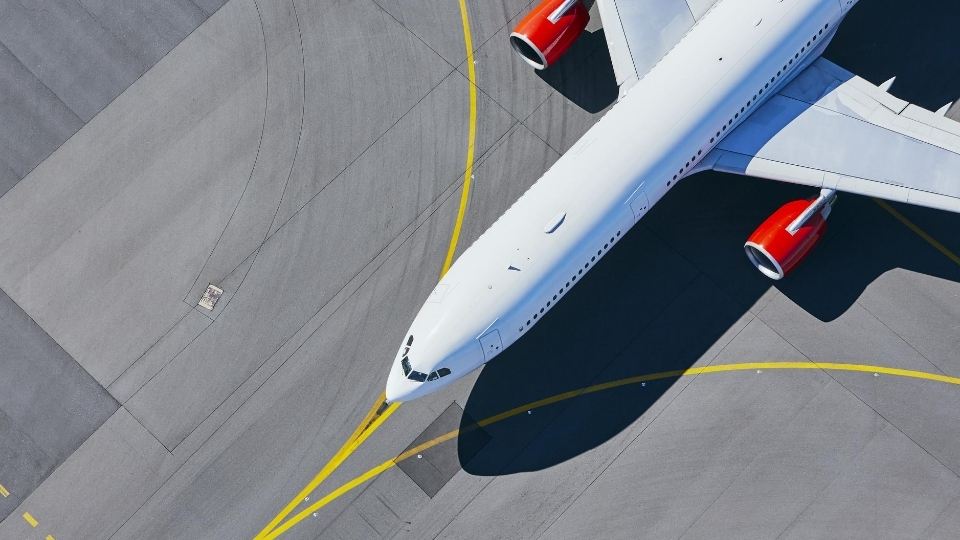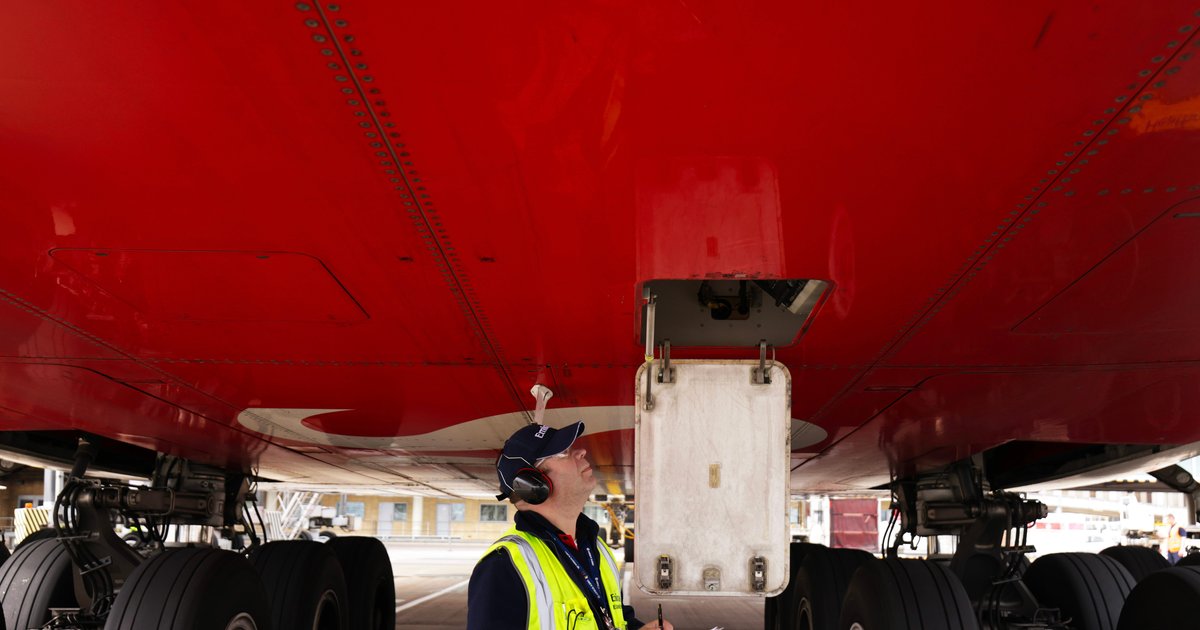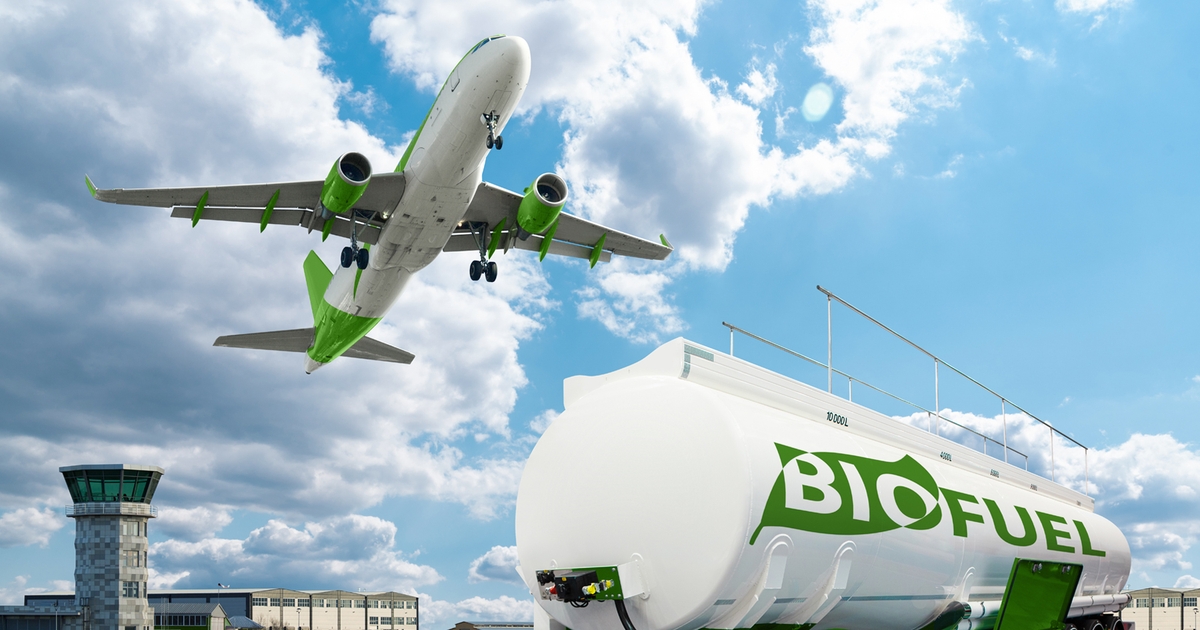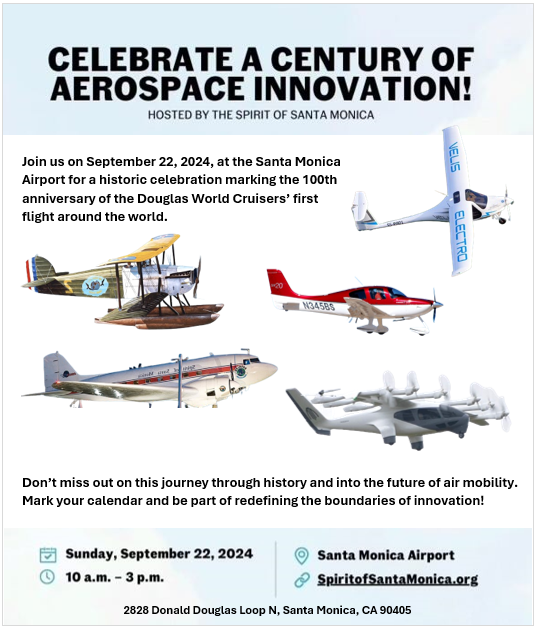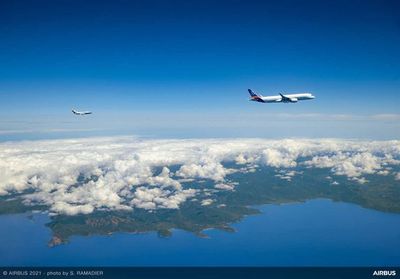
The first in-flight study of commercial aircraft using 100% sustainable aviation fuel has shown ‘significant’ reduction in non-CO2 emissions.
In-flight measurements from an A350 aircraft using 100% sustainable aviation fuel (SAF) show a significant reduction in soot particle emissions and contrail ice crystals compared to conventional aviation fuel, says Airbus.
Airbus, Rolls-Royce, the German Aerospace Center (DLR) and SAF-producer Neste collaborated to measure the impact of 100% SAF on emissions using both engines of an Airbus A350, powered by Rolls-Royce Trent XWB engines, and followed by a DLR chase plane.
Their model simulations estimate a 26% reduction in contrails’ climate impact when using pure SAF.
Compared to Jet A-1 fuel, the number of contrail ice crystals per mass of unblended SAF consumed was reduced by 56%.
DLR’s simulations estimate the change in the energy balance in the Earth’s atmosphere, known as radiative forcing, from contrails.
In-flight measurements from an A350 aircraft using 100% sustainable aviation fuel (SAF) show a significant reduction in soot particle emissions and contrail ice crystals compared to conventional aviation fuel, says Airbus.
Airbus, Rolls-Royce, the German Aerospace Center (DLR) and SAF-producer Neste collaborated to measure the impact of 100% SAF on emissions using both engines of an Airbus A350, powered by Rolls-Royce Trent XWB engines, and followed by a DLR chase plane.
Their model simulations estimate a 26% reduction in contrails’ climate impact when using pure SAF.
Compared to Jet A-1 fuel, the number of contrail ice crystals per mass of unblended SAF consumed was reduced by 56%.
DLR’s simulations estimate the change in the energy balance in the Earth’s atmosphere, known as radiative forcing, from contrails.





